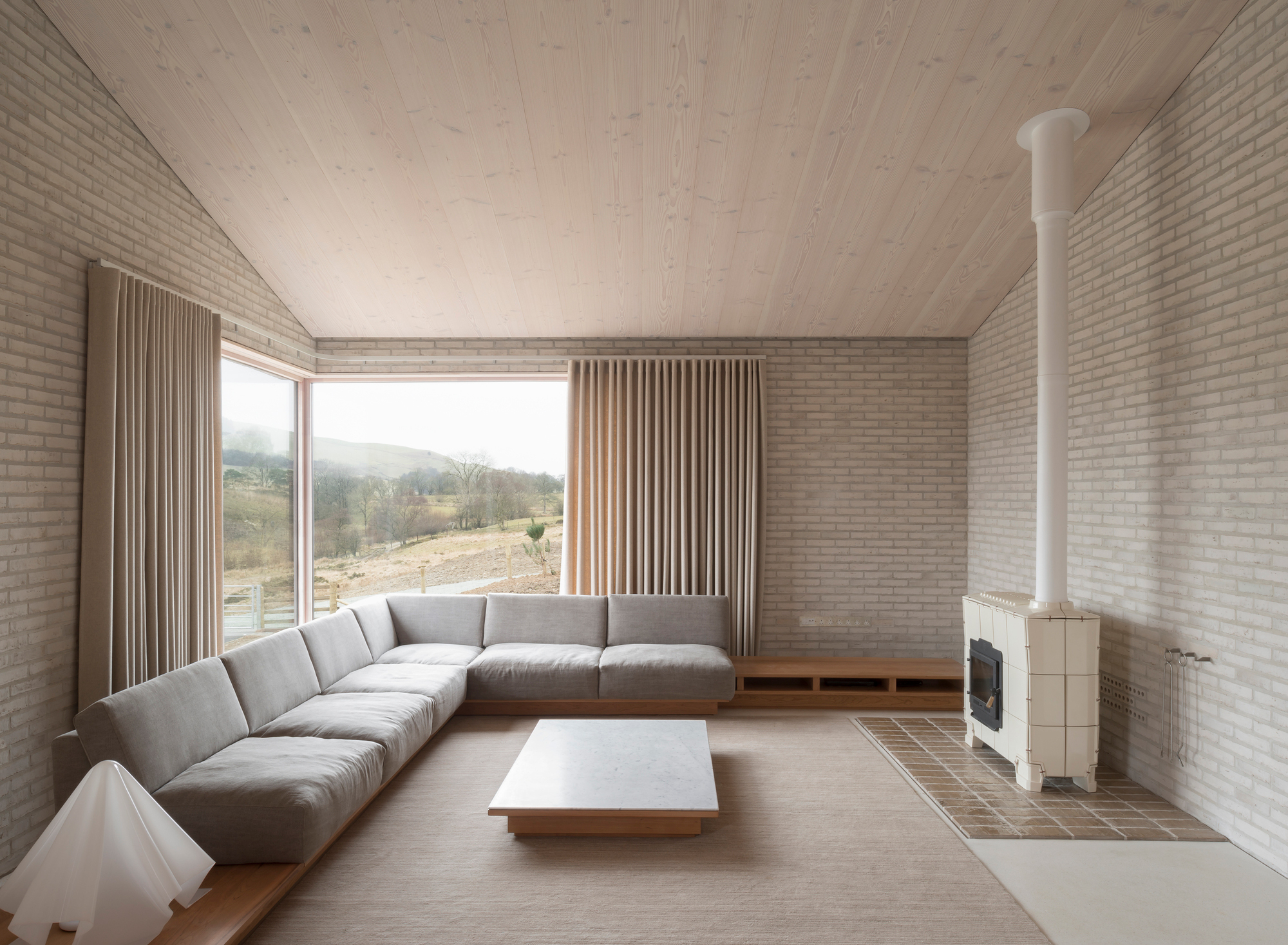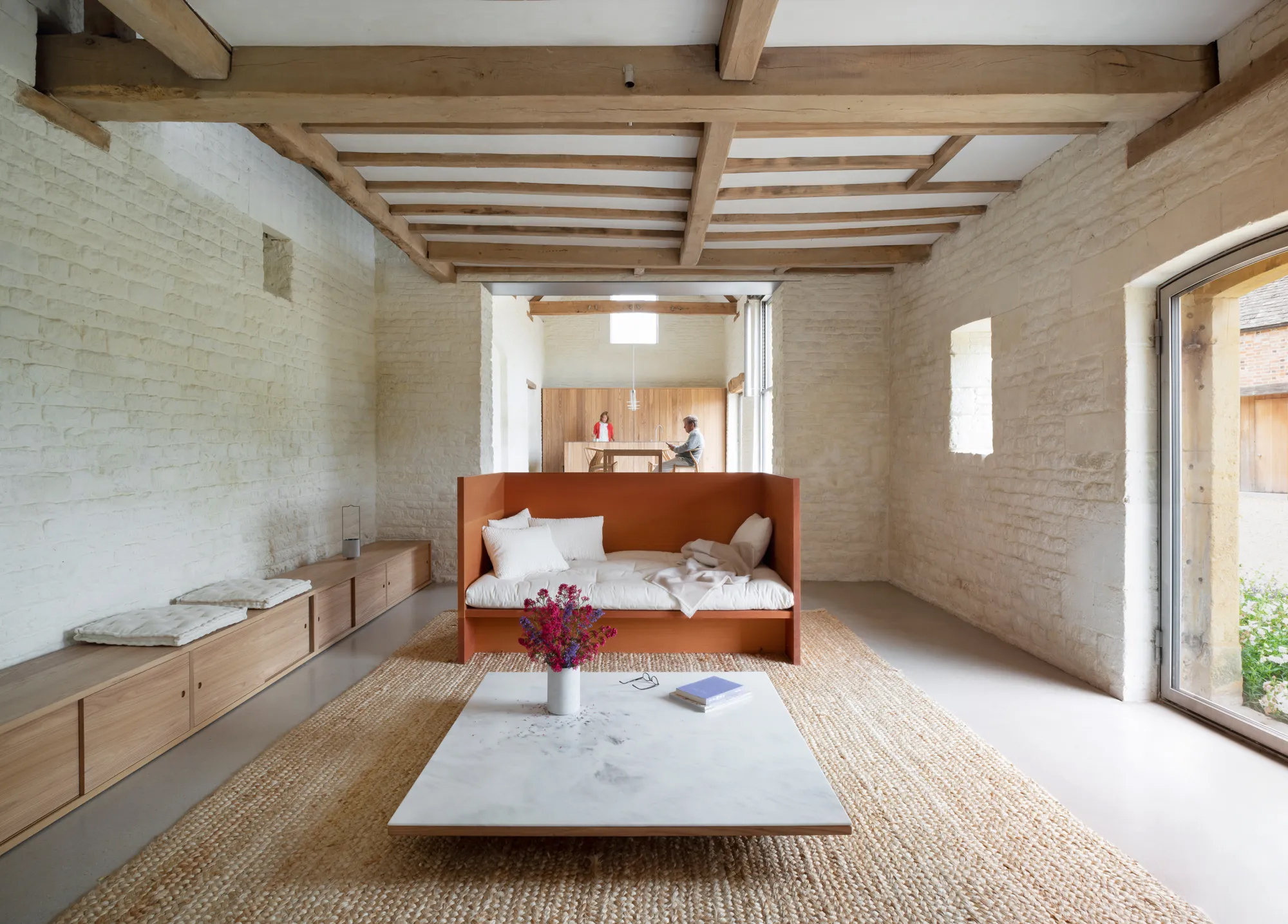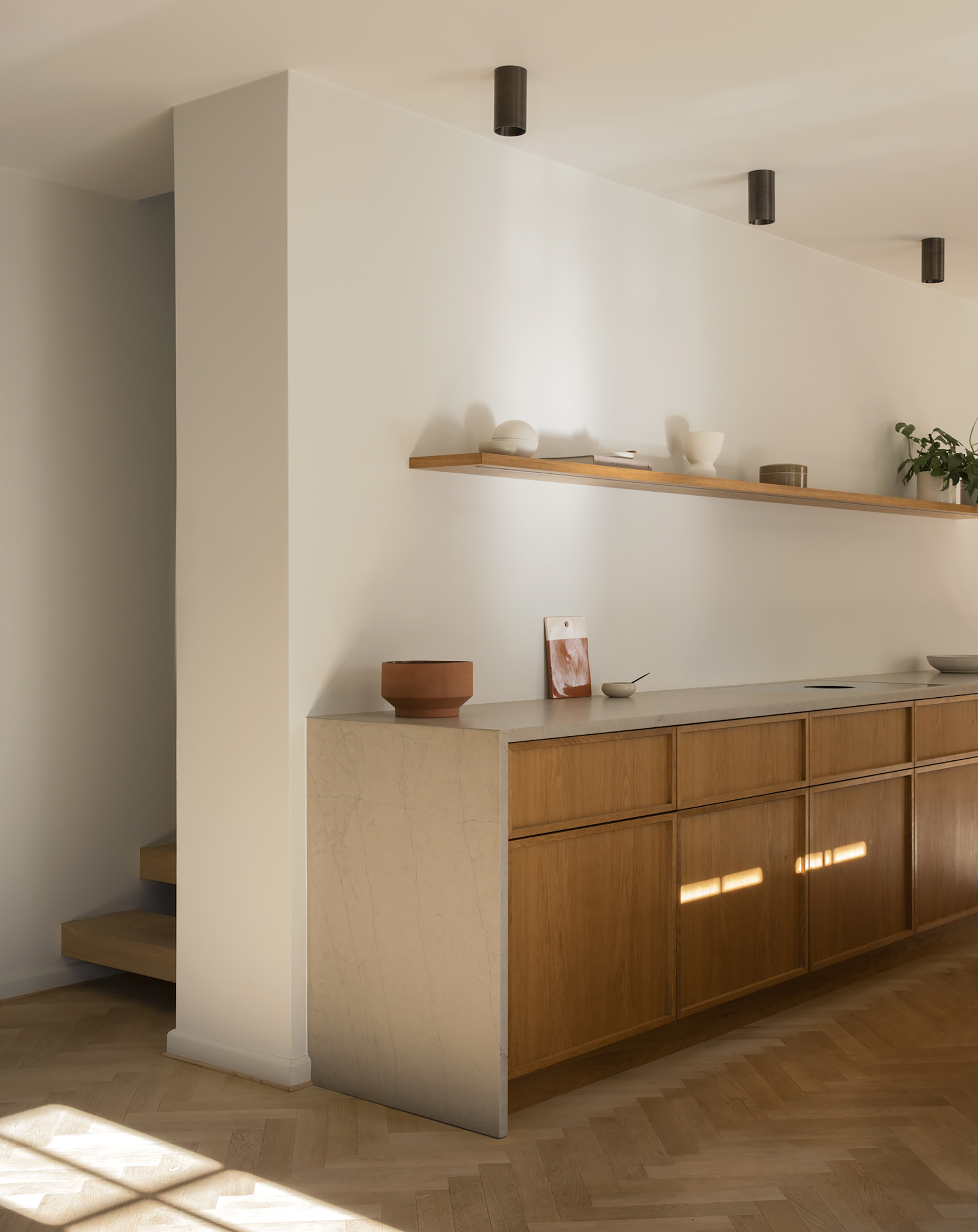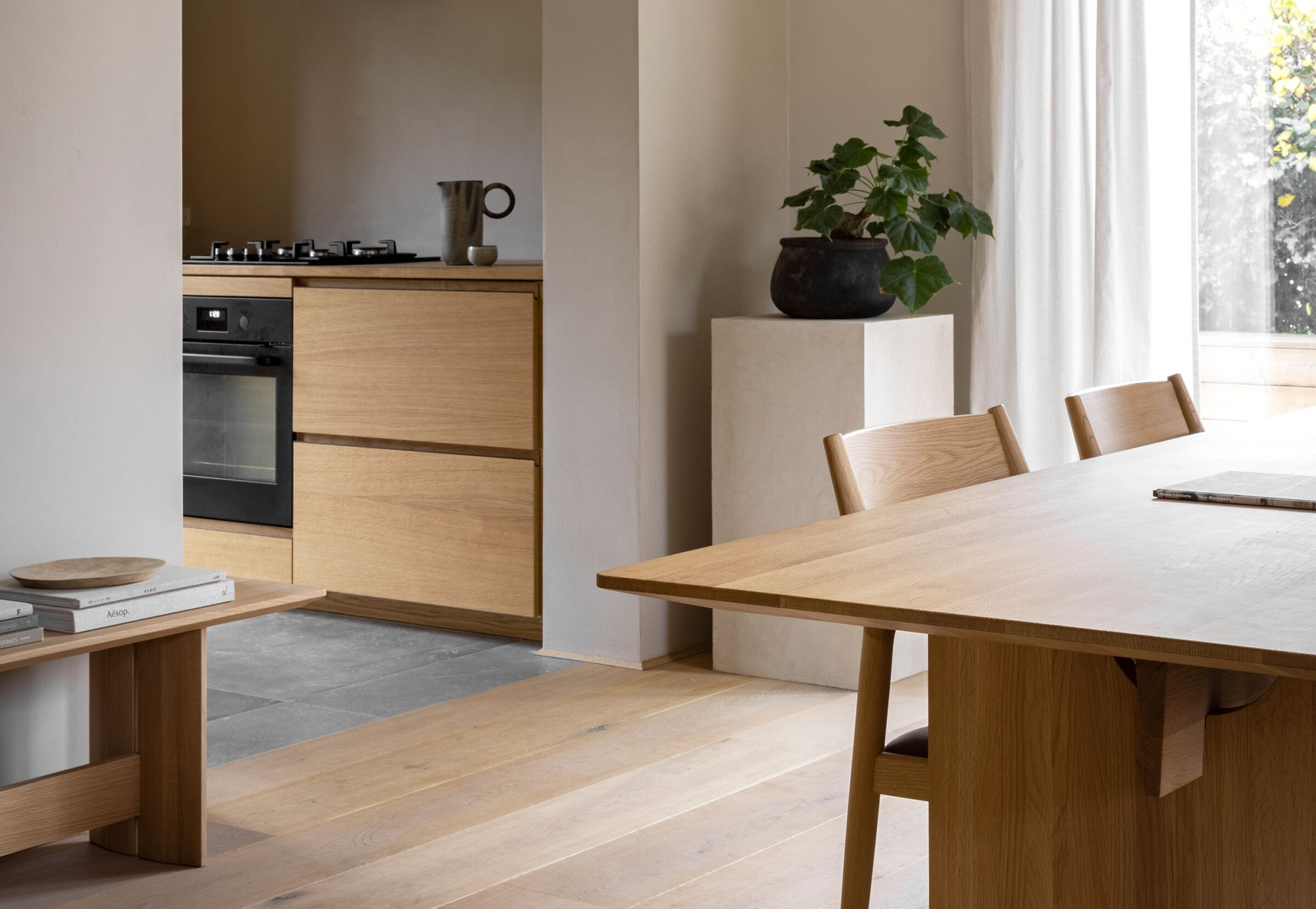Delving Into the World of Cozy, Refined Spaces That Redefine Minimalist Aesthetics
Warm minimalism is a growing trend in interior design that fuses the pared-back, decluttered ethos of simple, clean aesthetics with hygge-like coziness. It’s a style that invites you to relax, appreciate, and, most importantly, live comfortably in your home. A warm minimalist interior design is not merely about white walls and fewer pieces of furniture. It’s about creating a living space with a deliberate and thoughtful selection of items that are both functional and beautiful.
What is warm minimalism?
Like its name suggests, warm minimalism blends the clean aesthetics of minimalist interior design with the warmth of natural materials and colors. This style creates comfortable spaces with the use of materials like wood, ceramics, and natural textiles, as well as colors like beige, off-white, cream, and soft grays.
Can minimalism be cozy?
Yes, minimalism can be exceptionally cozy. Award-winning studios, designers, and architects like John Pawson, nune, or Norm Architects have perfected the warm minimalist style, albeit in different ways. Think living spaces defined tranquility, where light highlights the tactility of materials like wood, stone, brick, and ceramic. Soft textiles, plush cushions, and a blend of curves and clean lines all make these spaces extra-cozy.
What is soft minimalism?
Soft minimalism is characterized by natural materials, beautiful textures and light colors. In the Soft Minimal book, architecture and design firm Norm Architects explores a range of projects that perfectly showcase the soft minimalism style. More than simply clean and airy, these living spaces are incredibly warm and welcoming, focusing on maximizing comfort and creating a serene, calm atmosphere. Likewise, FRAMA’s Perception Form book explores the beauty of simple, raw artifacts and objects via posed photographs that feature the items like sculptures, out of their context. By isolating the objects, the images accentuate their character, feeding the readers’ imagination and sense of wonder at the same time.
Is minimalism always cold?
There’s a misconception that minimalism is always cold, clinical and devoid of soul. However, minimalism can be incredibly warm, as evidenced in this article. Using natural materials like timber infuses even the most spartan of spaces with warmth. Likewise, cotton, linen and rugs made of natural fibers add softness and texture to a room at the same time. Colors on the warmer spectrum such as beige, light brown and cream can instantly make a living space more welcoming.
What are some examples of warm minimalism style?
We have included several examples of this style here, but generally, spaces that are extremely sparsely decorated yet cozy fit into this category. Think a room with pale wooden floors, a carpet or rug made of natural fibers, light walls, a simple gray sofa with thick cushions, a large ceramic pot that houses a luxuriant plant, simple pendant lighting, and a large window that floods the entire space with natural light.
What are the benefits of a minimalistic lifestyle?
A minimalistic lifestyle has many benefits. Firstly, it allows you to focus only on the essentials and remove clutter. Secondly, it encourages you to select furniture, lighting, and decorative items with great care. After all, you will use them sparingly, so not only should they be beautifully designed, but also crafted to last. Thirdly, it helps to clear not only the home but also the mind. Finally, this lifestyle is often significantly more sustainable and kinder to the environment.
What sets warm minimalism apart is its emphasis on a warm neutral color palette. The classic minimalist look often relies heavily on stark white, but a warm minimalist home might feature creams, beiges, and undertones of peach or light brown to create a more welcoming atmosphere. The use of color extends to the materials used, too, with options such as wood and ceramics often taking center stage.
Clean lines, a hallmark of minimalist interior design, are still prevalent in warm minimalism, but they are softened by the addition of textiles and natural textures. A key aspect of this design style is the harmonious blend of modern, clean-lined furniture pieces with elements of Scandinavian or Japandi styles. These interior design styles bring a sense of calm, harmony, and the concept of wabi-sabi – the appreciation of imperfection – into the minimalist home. And the result? A minimalist decor that feels lived-in and cozy, rather than sterile and austere.
Simple ideas to recreate this aesthetic in your home.
To achieve the warm minimalist look, interior design ideas often focus on the removal of unnecessary items – to declutter spaces and create a clean canvas. Maximizing natural light then highlights the minimalist interior’s simplicity and elegance. In a living room, for example, a single, well-chosen piece of art or furniture can serve as the focal point, creating interest without clutter.
A minimalist home decor that follows a warm minimalism style is all about balance and tactility. Natural elements, like potted plants and other greenery, are used as decorative style elements that breathe life into the space. Thoughtfully chosen furniture pieces in a dining room, for instance, can bring organic forms and DIY personal touches to further accentuate the warm minimalist home.
As for the bedrooms, they often emphasize comfort with soft shapes, crisp linens, tactile textiles, and an emphasis on peaceful, calming colors. The design style is consistent in bathrooms too, where minimalism meets warm tones and natural materials for a spa-like feel.
One of the biggest interior design trends in warm minimalism is the use of Japandi, a style that fuses Japanese and Scandinavian design principles. Both styles focus on simplicity, natural materials, and quality craftsmanship, making them a perfect fit for a warm minimalist interior.
In conclusion, warm minimalism is more than an interior design style – it’s a philosophy of living. It’s about recognizing that less can be more, and it’s also about creating a space that feels like a home, not a showroom. This minimalist style values quality and aesthetics over quantity, embraces natural textures, and most importantly, reflects the people who live there. The warm minimalism trend is about creating spaces that are both beautiful and truly livable, with a focus on comfort, warmth, and an undercurrent of thoughtfully curated simplicity.









